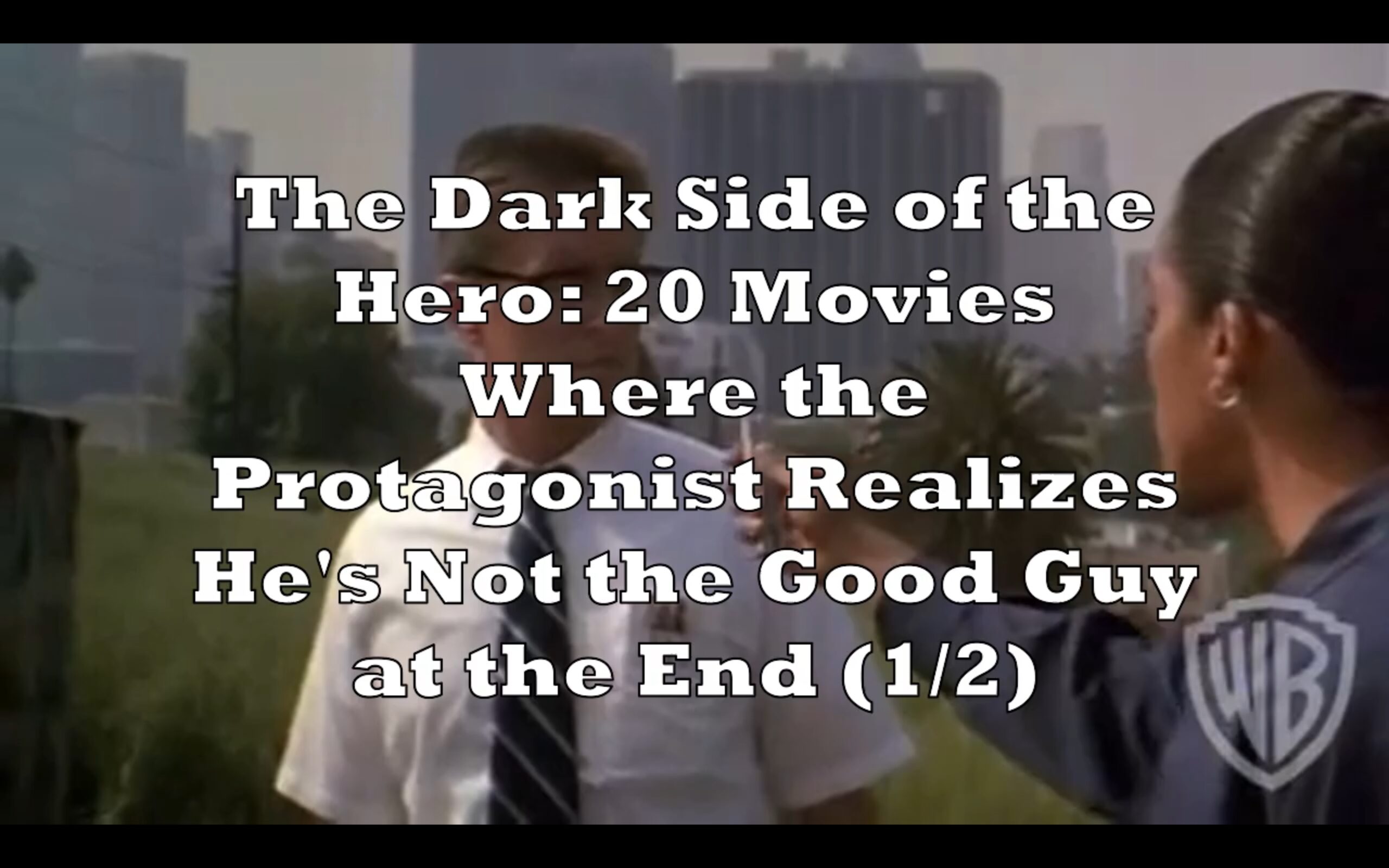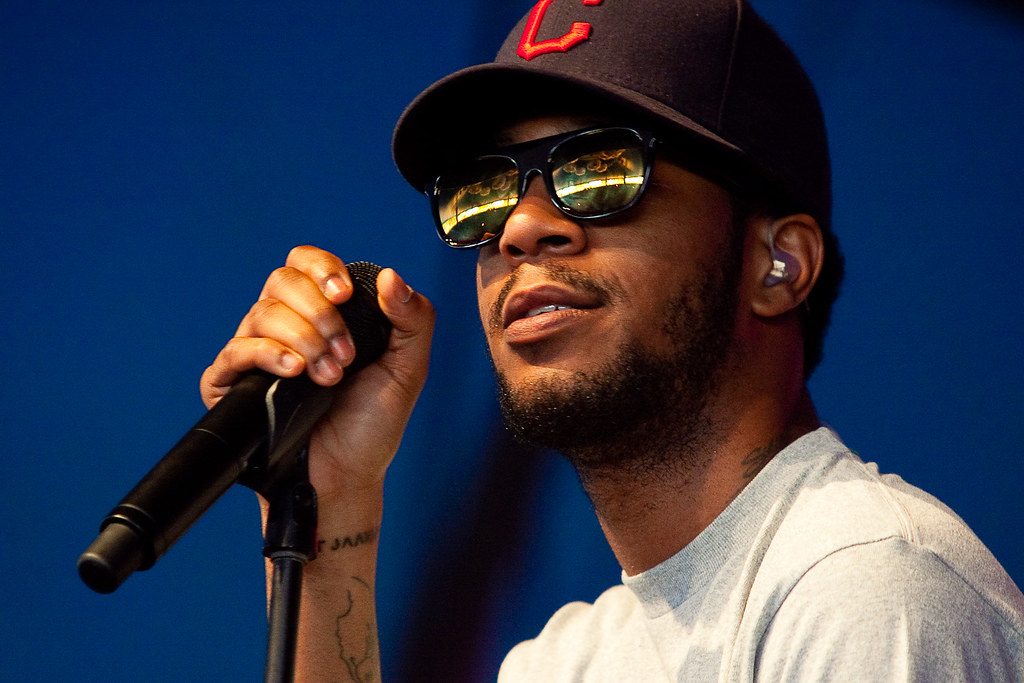As the glitz and glamour of the 66th annual Grammy Awards unfold in Los Angeles, with Trevor Noah cracking jokes and musicians basking in the glory of their golden gramophones, there’s an undercurrent to the music industry that’s less celebratory and more concerning. Despite the convenience and ubiquity of streaming services like Spotify and Apple Music, music piracy is experiencing a surprising resurgence. According to Muso, a research firm specializing in digital piracy analytics, there were over 17 billion visits to music piracy websites last year—a 13 percent increase from 2022. This spike in unauthorized music downloads signals that the battle against piracy is far from over.
The Resurgence of Music Piracy and Its Challenges
The decline in music piracy over the past seven years seemed to correlate with the industry’s shift away from exclusive album releases on specific platforms. Muso CEO Andy Chatterley points out that when artists and labels stopped releasing albums exclusively on platforms like Tidal or Apple Music, piracy rates dropped. This trend was influenced by a directive from Universal Music Group CEO Lucian Grainge, who criticized the practice of exclusives. However, the recent uptick in piracy suggests that the allure of free music remains strong, driven by various factors including the affordability of streaming services and the cost of mobile data in certain regions.
Chatterley highlights a particularly surprising statistic: 40 percent of the piracy tracked by Muso involved sites that convert YouTube videos into downloadable music files. This method of piracy has outpaced illegal streams, torrents, and other forms of web downloads, posing a significant challenge to the industry. YouTube, for its part, has taken steps to combat stream-ripping by blocking offending domains and developing technical methods to prevent their use. Jack Malon, a spokesperson for YouTube, emphasizes the company’s commitment to fighting piracy through significant investment in copyright management tools and collaboration with industry leaders.
Despite the efforts of platforms like YouTube, the specifics of piracy sites and the volume of downloads they facilitate remain undisclosed by Muso, as revealing such details could inadvertently promote piracy services. To provide some context, Chatterley shares torrent download figures for 2023, using Taylor Swift as an example. Swift’s albums, including the rerecorded ‘1989 (Taylor’s Version)’, have been downloaded hundreds of thousands of times via torrent, despite her massive sales figures. This highlights the persistent nature of piracy, even as it represents a small fraction of music consumption.
The resurgence of music piracy raises questions about the future of music acquisition and the effectiveness of current anti-piracy measures. Nearly a quarter-century after Napster revolutionized music sharing, the industry continues to grapple with the challenge of unauthorized downloads. While the landscape of music consumption has evolved with a plethora of options for buying and streaming, the practice of pirating music seems to be an enduring aspect of the digital age.
In contrast to the current state of music piracy, a post from 2011 by Terry K. on a forum reflects a time when pirating music was perceived as a dying trend. The sentiment that ‘no one cares anymore’ about pirating music was rooted in the lack of exposure to new music on traditional platforms like radio. The post lamented the decline of rock radio and the missed opportunities for artists to reach potential fans. This perspective underscores the importance of accessibility and exposure in fostering a connection between artists and listeners.
The conversation around music piracy is further complicated by generational differences in music consumption. An anecdote shared by a writer recounts a conversation with younger colleagues about their streaming subscriptions, highlighting the shift from physical media and downloads to streaming services. The writer’s preference for traditional radio and YouTube for music discovery contrasts with the younger generation’s reliance on curated playlists and paid subscriptions. This generational divide reflects the changing landscape of music consumption and the ongoing debate about the value of music in the digital era.
As we delve into the complexities of music piracy and its implications for the industry, it’s clear that the conversation is far from over. The resurgence of piracy, despite the prevalence of streaming services, suggests that the industry must continue to adapt and address the underlying factors driving consumers to seek out unlicensed channels. The journey from the days of Napster and LimeWire to the current digital landscape reveals a persistent struggle to balance the interests of artists, consumers, and the industry in the age of digital music.

The Cultural Impact and Ongoing Battle Against Piracy
Diving into the second section of our article, we explore the cultural impact of music piracy and the ongoing battle against it. The resurgence of music piracy is not just a statistic; it’s a phenomenon that has far-reaching implications for artists, the music industry, and consumers alike. It’s a testament to the fact that, despite the advent of streaming services, the desire for free music hasn’t waned. This resurgence is a reminder of the days when Napster and LimeWire were household names, and it brings to light the complex relationship between music consumption and the internet.
The cultural impact of music piracy is multifaceted. On one hand, it’s a form of rebellion against the system, a way for people to access music without paying the gatekeepers. On the other hand, it’s a significant loss for artists who rely on album sales and streaming revenue. The fact that Taylor Swift’s albums, despite her massive sales, were still pirated hundreds of thousands of times, speaks volumes about the persistent nature of piracy. It’s not just about the availability of music; it’s about the value that consumers place on it.
The narrative around music piracy is also shaped by nostalgia and generational differences. The anecdote about the writer’s conversation with younger colleagues about streaming subscriptions illustrates the shift in music consumption habits. While some may view the reliance on curated playlists and paid subscriptions as the new norm, others, like the writer, prefer the serendipity of traditional radio and the free access to music on platforms like YouTube. This generational divide is a reflection of the evolving music landscape and the different ways in which people value and interact with music.
As we consider the future of music acquisition, it’s clear that piracy will continue to be a thorn in the side of the industry. The challenge is to find a balance that satisfies the needs of artists, consumers, and the industry. The resurgence of music piracy, despite the convenience of streaming services, is a sign that this balance has yet to be achieved. It’s a complex issue that requires a nuanced approach, taking into account the various factors that drive people to seek out unlicensed channels.
The conversation about music piracy is far from over. It’s a dynamic issue that touches on cultural, economic, and technological aspects of music consumption. As we look to the future, the industry must continue to innovate and adapt to the changing landscape. The goal is not just to fight piracy, but to understand it and address the underlying reasons why people turn to it. The journey from the days of Napster to the present has been a long one, and it’s clear that the path forward will be just as challenging. But with continued effort and collaboration, there’s hope that the music industry can find a way to thrive in the digital age, respecting the rights of artists while meeting the desires of music lovers around the world.
Related posts:
Music Piracy Is Back in a Big Way—Especially From YouTube
“You Pay For Music?!”: A Brief History of Music Piracy
Do people pirate music anymore?




